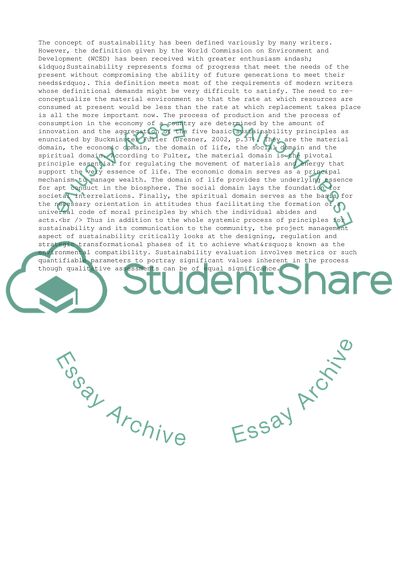Cite this document
(Sustainability in Design Management of Florida Business Furniture Inc Case Study, n.d.)
Sustainability in Design Management of Florida Business Furniture Inc Case Study. Retrieved from https://studentshare.org/management/1717951-design-management-1
Sustainability in Design Management of Florida Business Furniture Inc Case Study. Retrieved from https://studentshare.org/management/1717951-design-management-1
(Sustainability in Design Management of Florida Business Furniture Inc Case Study)
Sustainability in Design Management of Florida Business Furniture Inc Case Study. https://studentshare.org/management/1717951-design-management-1.
Sustainability in Design Management of Florida Business Furniture Inc Case Study. https://studentshare.org/management/1717951-design-management-1.
“Sustainability in Design Management of Florida Business Furniture Inc Case Study”. https://studentshare.org/management/1717951-design-management-1.


